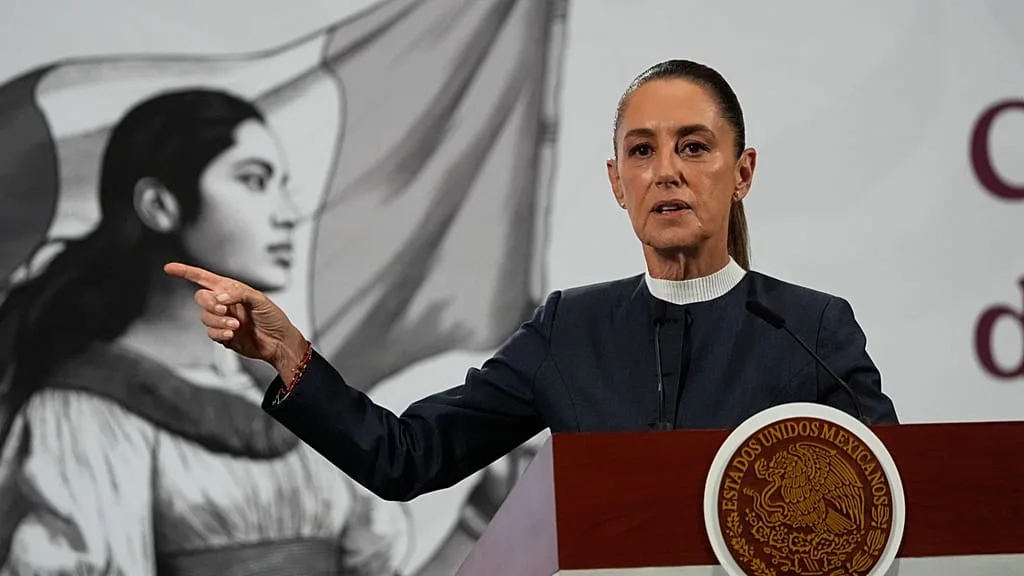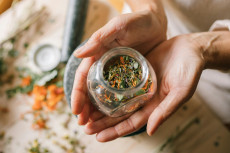- As the purple wave spreads far beyond South Africa, the message is becoming clearer. The world must confront the crisis of violence against women and girls.
- The question now is whether the rising visibility, both online and offline, will finally turn into real change for women everywhere.
Individuals around the world are turning their social‑media profiles purple in a growing online movement that aims to draw attention to the global crisis of femicide and gender‑based violence.
In South Africa, where the campaign has gained strong momentum, the group Women For Change has called for a national women’s shutdown on November 21, asking people to change their profile photos to purple, wear black and take part in a symbolic standstill.
South Africa’s femicide numbers remain among the highest in the world, with the rate at 12.2 per 100,000 population.
Activists believe the real number is higher because some deaths go unreported, misclassified or never properly investigated.
Read More
For that reason the movement uses the figure 15 women killed each day as a symbol, a way of honouring not only the recorded victims but also those whose stories are never counted.
This is why the planned standstill on November 21 will last 15 minutes, one minute for each woman whose life is lost, whether documented or not.
According to Women For Change, South Africa recorded 5,578 women murdered in 2023/24, a 33.8% increase compared to the previous year.
Purple has become the movement’s most visible marker. Across social‑media platforms, individuals are switching their profile pictures to purple‑themed ones.
The choice of purple carries deep meaning. Traditionally associated with dignity, mourning and women’s rights, it serves as a symbol of solidarity with victims of femicide and gender-based violence.
Online, the color stands out on social-media feeds, making the movement highly visible and signaling mass participation and global support.
By adopting purple, participants not only honor those who have lost their lives but also reinforce that this is part of a broader fight for gender equality and justice.
The idea is to make the movement impossible to ignore online and to show that femicide and gender‑based violence are not just women’s issues but a crisis that affects everyone.
The flood of purple profiles has helped the movement spread beyond South Africa, with people from other countries joining as a show of solidarity.
The campaign may have begun in South Africa, but the violence it highlights is a worldwide problem.
In Mexico, the issue recently drew global attention when President Claudia Sheinbaum was allegedly groped in public in an incident caught on video, reminding many that no level of power protects women from harassment or abuse.

Meanwhile, in Kenya femicide in Kenya is also a rising national crisis, with dozens of women killed in recent years, often by partners or people they knew.
According to Africa Data Hub, intimate partners and family members perpetrate the majority of killings, whereby, in 77% of cases, killings were committed by a person known by the victim - an intimate partner, relative or friend.
68% of the perpetrators were currently or had previously been in an intimate relationship with the victim. Husbands, then boyfriends, are the biggest culprits.
Many activists say the numbers could be higher because some families avoid reporting and some cases are recorded simply as sudden deaths rather than gender‑based murders.
Globally, experts estimate that one woman or girl is killed every ten minutes by an intimate partner or family member.
According to a joint report by United Nations (UN) Women and United Nations Office on Drugs and Crime (UNODC), around 51,100 women and girls were intentionally killed by a partner or family member in 2023, equating to 140 women and girls every day and one woman killed every 10 minutes.
These numbers show a frightening pattern. Femicide is not limited to any one country or culture.
It is a worldwide emergency rooted in power imbalances, harmful gender norms and a culture that sometimes protects perpetrators more than victims.
The South African women’s shutdown is designed to make this crisis impossible to ignore.
On November 21, organisers are asking people to wear black, avoid any economic activity for the day, change their profiles to purple and pause for 15 minutes at midday.
The aim is to show the social and economic impact of women’s absence and to demand that femicide and gender‑based violence be treated with urgency.

As the purple wave spreads far beyond South Africa, the message is becoming clearer. The world must confront the crisis of violence against women and girls.
The question now is whether the rising visibility, both online and offline, will finally turn into real change for women everywhere.
Stay connected with us on WhatsApp and X for instant updates and breaking news as it happens.












